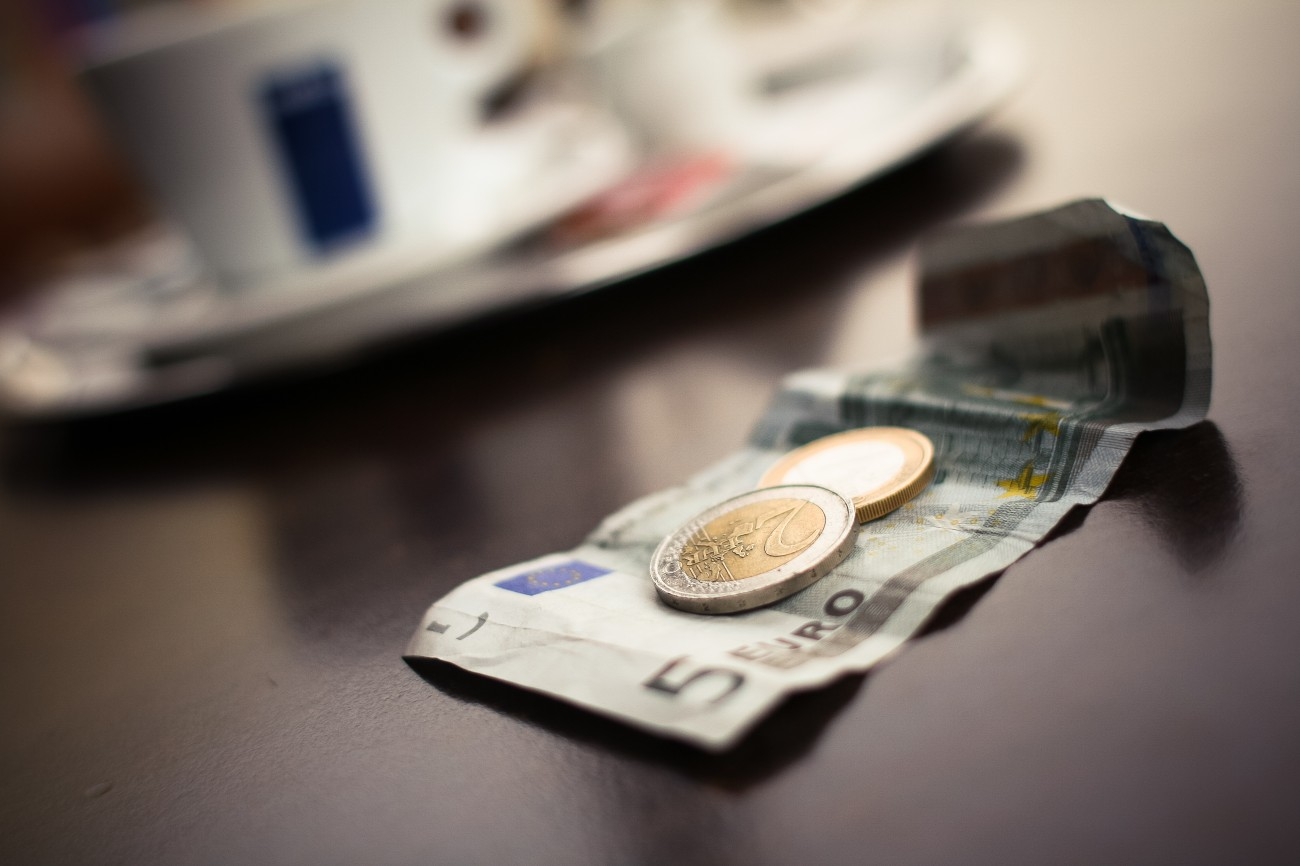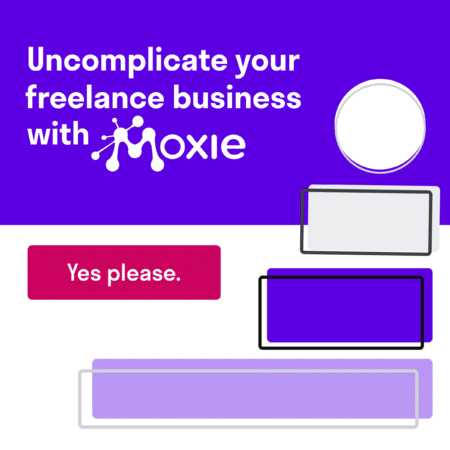We were at the closing table, finalizing our first home purchase, when we found out.
We were doing a complete gut renovation on this house, which means we couldn’t live in it for at least 6 months. Our mortgage lender told us about the option to defer the mortgage for 6 months while the renovations were going on and of course we said yes.
When we didn’t see it in the paperwork at the closing table, we called him and he said, “Oh, you never confirmed that with me, so it’s not in the loan.”
Crap. This meant we’d be stuck paying two rents and a mortgage for at least half a year.
The first thing I thought was, well, I guess we’ll be living on credit cards for a while.
Every financial planning bone in my body recoiled. What did I just say to myself? That I would be okay knowingly running up a credit card balance for months on end?
Think of the interest charges! Won’t someone please think of the interest charges!

The truth about credit cards
Honestly, I feel like credit cards get a bad rap sometimes.
We hear stats like the average credit card debt of a US household is $15,000 and we vow to never use our credit cards again, or at the very least to pay them off as quickly as possible and pretend they don’t exist.
Here’s the thing though.
Credit cards aren’t good or bad. They’re just credit cards.
But more importantly, they can be used as tools to help you reach your goals and dreams, especially if you are mindful about how you use them.

So how about those interest charges? We’ve all been taught that interest is bad, that you’re throwing your money away.
But what if instead, we thought about interest as you buying time?
Here’s the deal: I needed at least 6 months’ worth of supplemental money to fund my dream home renovation. Every interest payment I made was me buying one more month until the house was move-in ready.
When to grow your business with credit cards
When you’re first starting a business or taking on freelancing full-time, your most precious asset is time.
If you can get something done today that will grow your business instead of waiting until next week or next month, you should probably do it (in my professional opinion).
Usually, though, these kinds of things take money and if you’re just starting out or you’re strapped for cash, you more often than not feel like you have to choose the path that costs the least.
Sometimes this makes sense.
A huge part of being a freelancer and entrepreneur is bootstrapping it, paying with sweat equity.

But what about when you hit a point where you really just have to spend a good chunk of money on something to take your business to the next level, even if you don’t have the funds to do it right now?
That’s when you pull out your calculator and run the numbers. Here’s how:
What do you want to buy today and how long it would take to save for it?
For example: let’s say a software suite costs $6,000. You are reaching close to capacity and feel you can do twice as much work or charge twice as much with it if you buy today.
You’d have to save $500/month to purchase the software one year from now and you feel you can’t even wait that long.
How much more money could you start making immediately?
While it can get a little tricky to come up with this number, think about a few factors, like:
- how many clients you’ve had to turn away,
- how many projects you couldn’t upsell,
- and so on.
Be a little conservative in your estimate.
By purchasing this software and being able to take on at least one extra client per month, you estimate you can potentially start taking home $3,600/month instead of $2,800/month – an additional $800/month.
How much could you afford to pay down each month?
Choose a number you feel you could afford to pay even if some months you don’t make the extra income you anticipated.

For example: You have a credit card that has a 20% interest rate and think you can put an extra $200/month towards the $6,000 debt.
(NOTE: Make sure you’re not maxing out any one credit card – it will hurt your credit score if your balance is more than 50% of your credit limit; i.e. you would need to have a $12,000 credit limit to be able to put $6,000 on it without hurting your score. If you are really on a bootstrap budget, you can check out more about cheap credit card processing and try to save some more money in the process.)
Use a credit card calculator like this one from Credit Karma to determine how long it will take to pay off the debt and how much interest you will have paid.
In this case, a steady $200/month payment will take 42 months (almost 4 years) to pay off and you’ll have paid $2,387 in interest. This can seem like a lot, but keep in mind this interest is buying you time and capacity.
Is the amount of interest a worthwhile cost?
For example: $2,387 of interest over 42 months is about $700/year. By putting it on the credit card, this also means you’ll be paying for the software over 42 months, which is about $1,700/year.
Could you make more than $2,400 extra in the next 12 months by having the software today?
If you’re pretty confident the answer is yes, go for it!
How to know if you’re making the right choice
While growth opportunities like this are a calculated risk, they’re still a risk. Projections for break-even are still just projections.
So ask yourself these three questions when you’re considering using a credit card to make the next jump:
What exactly are you buying with the credit card?
Is it time? Space? Capacity?
Make sure you are 100% clear on how this purchase is going to grow your business, otherwise you are just spending randomly with borrowed money.
Whether you need to:
- bridge a few more months until a deal comes through,
- invest in technology to make your business run more efficiently, or
- grow into more physical space,
have a full understanding of what this credit card loan is buying for you.
How long will it take to see the payoff?
While you don’t have to see the entire payoff right away, you should be able to quantify what you will be getting in return for borrowing from your credit card.
When will you start paying off the credit card and how long will it take?
One of the great things about credit cards is they tend to have a minimum payment that is significantly less than the balance. On the flip side, it’s also how you can fall into the credit card trap and end up paying twice as much for what you originally bought.
Figure out exactly how much more money you need to be making to pay at least 3-4 times the minimum payment every month.
Handling the long haul of paying it back
Once you’ve started using your credit card to fuel your business growth, it’s critical that you re-evaluate your current credit card status against your targeted payoff plan at least every few months.
Keeping a pulse on these credit card payments will give you a good gauge of how much your business is actually growing each month.
And it will be the best feeling in the world when you’ve paid it all off and find your business bigger and stronger than when you started.
Share your experience!
Have you used a credit card to grow your business? Was it a success or failure, and what did you learn? Share your stories in the comments.
Keep the conversation going...
Over 10,000 of us are having daily conversations over in our free Facebook group and we'd love to see you there. Join us!


Thanks! Will save for later, when things pick up a bit.
I just noticed your comment! Let me know if you have any questions if you do decide to put some big business purchases on a credit card!
Great article Pam! I think a lot of freelancers have some difficulty deciphering when using a credit card to make a capital investment in their business, and it can be scary if not thought completely through. You’ve covered all the points to consider very well.
Hi Paula – just noticed your comment, thanks! Totally agree with you that it can be scary, hoping this article makes it seem less so 🙂